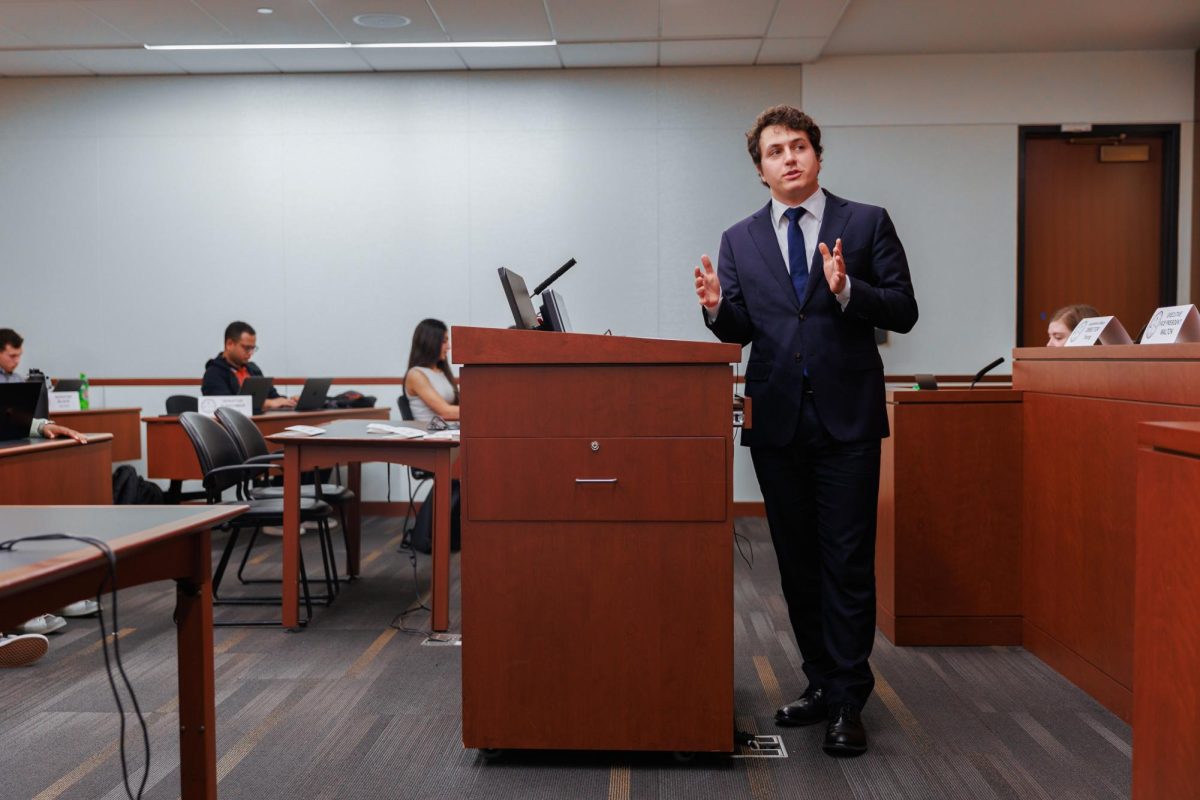Despite months of negotiations between community members and GW officials over the 2010 Mount Vernon Campus Plan, neighbors of the campus are still unsatisfied with the final agreements.
Under the approved plan – which was passed by the D.C. Zoning Commission late last month – the daily maximum student headcount will increase by 10 percent and the full-time enrollment on campus by 5 percent.
Chair of the Advisory Neighborhood Commission 3D Elizabeth Sandza said she feels a secondary hearing to talk about the approved plan “would be prudent,” adding, “the dramatic increase of students” may disturb the otherwise “sleepy” neighborhood.
The number of students allowed on Mount Vernon on a daily basis will increase from 1,500 to 1,650, and the amount of full-time Vern residents from 1,000 to 1,050. Students counted in the daily headcount are those who take any courses on the Mount Vernon campus. The full-time enrollment student cap includes those with housing assignments on campus or who take all their classes on the Vern.
During an April ANC meeting, Senior Associate Vice President for Operations Alicia O’Neil said GW has shown the increase “will not have an objectionable impact.”
Under the plan, the University will also be allowed to increase the daily headcount cap in another five years to 1,725 students and the FTE cap to 1,100 students, a 5 percent increase in both counts.
This second increase will be automatic and will not require any permission from the D.C. Zoning Commission or ANC 3D because the campus plan was already approved.
Along with increases in the student population, the campus plan involves multiple projects that will increase academic space and reduce the impact on nearby neighborhoods, which residents have expressed concern over in the past.
With the plan’s approval, work can begin next academic year on renovations to Ames Hall on the Mount Vernon campus, transitioning the space from a student life support building to an academic space.
“The only current active project is construction of the addition of Ames Hall, which is expected to begin in fall upon receipt of the D.C. Zoning Commission’s Order of Approval for the Mount Vernon Campus Plan,” said John Ralls, senior adviser for communications and outreach in the Office of the Executive Vice President and Treasurer.
All new projects – with development focused on the center of the campus – will be constructed to meet LEED standards. LEED accreditation requires buildings to maintain standards for environmentally sustainable design. Another sustainable development is a planned comprehensive storm-water management system.
The University is also focusing on “lessening noise and light impacts on adjoining neighborhoods,” according to a press release.
The plan calls for closing the W Street entrance and construction of a 10-foot sound wall along the northern edge of the soccer field, as well as more lighting controls on the tennis courts and soccer field.
Ralls said the plan “accommodates GW’s forecasted academic and student housing needs,” and called it a “collaborative, community-based planning process.”






